When he first saw workers changing out the streetlights on his block in Chestnut Hill, Timothy Breslin didn’t think much of it. He went to bed that night in the summer of 2022 without issue. In the daylight, he still didn’t register the changes.
But when night fell, his street full of modest rowhomes was lit so brightly it may as well have been the middle of the afternoon. Where high-pressure sodium vapor lamps had once cast a warm, yellow glow from their perch 25 feet above street level, powerful new LED bulbs were now pounding the pavement with an exaggerated display of cold white light — and dispersing it in every direction.
“It looked like a landing strip,” Breslin says.
The whole neighborhood looks like a used car lot where they were installed. They’re just way too bright and way too white.”
— Robert Fleming, landscape architect and Chestnut Hill resident
The new lighting caused an uproar in the placid Northwest Philadelphia neighborhood. Breslin, an engineer and board member of the Chestnut Hill Community Association, surveyed his neighbors and found that more than two-thirds wanted the lights dimmed and the color addressed; nearly everyone was turned off by the coldness of the LEDs.
“The whole neighborhood looks like a used car lot where they were installed,” says Robert Fleming, a 77-year-old landscape architect, sustainability advocate and Chestnut Hill resident. “They’re just way too bright and way too white.”
Laura Lucas, president of the community association, says the streetlights are brighter than those that illuminate the neighborhood’s business corridor. She lives on a corner, which means she has three separate lights shining onto her house, casting a sideways glare because they lack any mechanism to send light directly down. City officials have told her that house-side shields are available upon request, she says, but it would take phone calls from hundreds of neighbors to address every light.
A year and a half since the new LEDs were first installed, Lucas, Breslin and others in Chestnut Hill are still anxiously awaiting a change. The City, though, now has its hands full as it works to update all of its 130,000 streetlights as part of an infrastructure project aimed at reducing energy costs and bringing Philadelphia into the modern age of public lighting. The updates in Chestnut Hill were among 10 pilots throughout the city in anticipation of the launch of the Philly Streetlight Improvement Project in August 2023.
When it’s completed, the citywide shift from sodium vapor to LED lights is expected to cut Philadelphia’s overall carbon emissions by 9%, which would make it municipal government’s largest emission reduction project to date, according to Katie Bartolotta, vice president of policy and strategic partnerships at the Philadelphia Energy Authority (PEA), which issued the $90 million bond to fund the project. The overhaul will also improve the City’s ability to respond to outages and is intended to help prevent crime, officials say.
But in addition to drawing the ire of residents who feel blinded by the light, the LED conversion has also raised concerns about the way it will impact the insects, birds and other wildlife that live in or pass through Philadelphia. Breslin notes, for example, that after the installations, his cat began killing and bringing home birds at night for the first time, so confused were they by the nocturnal brightness.
“The vast majority of people in this neighborhood think this has decreased the quality of their life,” Breslin says. “That is not a good thing for the city.”
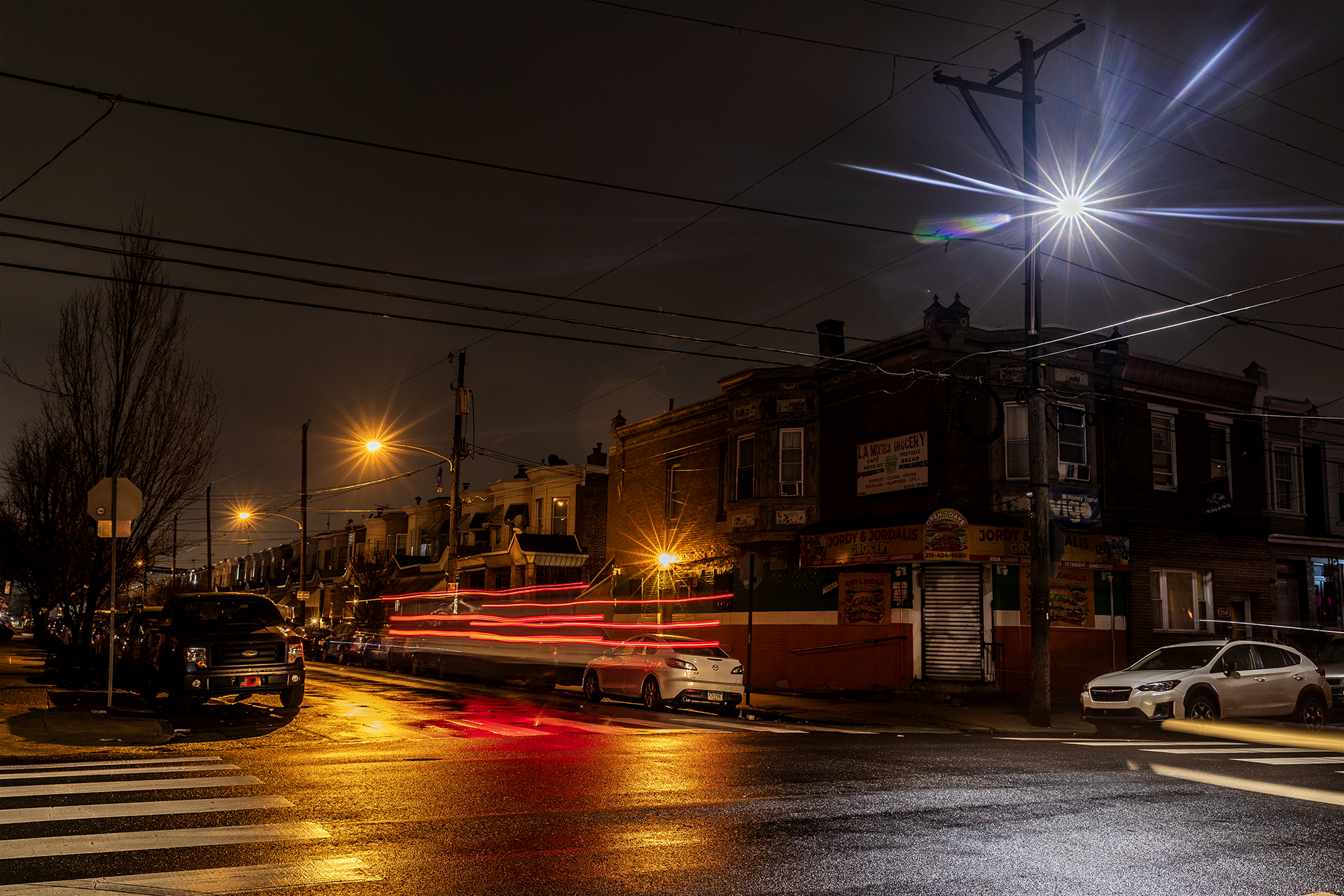
A citywide overhaul
The streetlight project is more than a decade in the making. Philadelphia has been converting about 2,000 lights per year since 2011, according to Richard Montanez, deputy commissioner of transportation for the Department of Streets. Those replacements had been paid for by capital budget allocations, but when the PEA proposed a wholesale overhaul, the bigger picture came into focus.
By structuring the financing under Philadelphia’s first sustainability bond, the energy savings created by switching to LEDs can be used to pay for the upfront cost, making it a budget-neutral project, Bartolotta says. Cutting the City’s street lighting energy usage in half will save approximately 37 million kilowatt-hours annually — enough to power thousands of homes — and eliminate approximately 11,000 tons of greenhouse gas emissions, equivalent to removing 2,000-some cars from the roadways each year. In its contract with Ameresco, a renewable energy company that is managing the two-year installation process, Philadelphia has performance guarantees in place to ensure those savings are realized, Bartolotta says.
Considering that many of Philadelphia’s streetlights are 40 years old and the need for repairs can only be identified when a resident contacts Philly311, the project’s benefits make its purpose all the more apparent. The new LEDs will be part of a centralized, automated system that will move Philadelphia closer to becoming a “smart” city; their brightness can be controlled and varied by neighborhood and outages will be easily identified.
Our job is not to light up people’s bedrooms. Our job is to light up the roadway and the sidewalks.”
— Richard Montanez, deputy commissioner of transportation, Department of Streets
In the lead-up to the project’s launch, City officials conducted 15 live surveying events (10 on roadways, five in alleyways) to show community members the lighting options they were reviewing and listen to feedback, Bartolotta says. Despite the negative reaction to the white color of the lights installed in Chestnut Hill, she says feedback on color temperature was split down the middle. Furthermore, the amount of light people wanted was dependent on neighborhood.
“In the tree-covered neighborhoods with more setback homes in Chestnut Hill and Northwest Philadelphia in general, they said, ‘We want less light. We don’t want to feel the impacts of this lighting in any way,’” Bartolotta says. “We did another installation two blocks west of Broad Street near Temple [University] and they said, ‘Crank these up as high as you can go.’”
As a result, while the whole city will receive LEDs with the same color temperature, about 15,000 fixtures will be given a “boosted” designation, Bartolotta says, increasing the light output in areas with high levels of crime and vehicle crashes at night.
“While street lighting isn’t a solution to crime in and of itself, it’s a really important community investment for perception of safety and to make communities feel invested in — to have this safe space to navigate in the evening,” Bartolotta says. “For vehicle crashes, in particular, good quality lighting is very important. So we did all of that to try to meet in the middle of what we were hearing.”
From a crime-prevention perspective, opinions differ on whether the conversions will have any tangible effect. For Fleming, in Chestnut Hill, the new lights contribute to “a feeling of unease and unsafety that’s part of our times.” Breslin sees something similar in the sharp, white lights.
“Instead of investing in communities or better policing, they’re like, ‘Well, let’s just make it a police state. Make it brighter,’” he says.
In an effort to cut down on the impact of the new lights, the City worked with its LED supplier to find a silicone injection that could help limit the glare they give off. Staff from the PEA, Streets Department and other corners of municipal government evaluated the different lighting options in a vacant City facility with ceilings high enough to accommodate the 25-foot spacing required, so they could see how the light actually rendered at night, Bartolotta says. “You can really only evaluate glare in person,” she points out.
Installers are now charging ahead on 6,500 conversions each month. The response throughout the city hasn’t matched the experience in Chestnut Hill, in part because the lights installed during that neighborhood’s pilot were brighter and colder than those going in citywide, Montanez says. But he admits that the feedback he’s received hasn’t all been positive. Most of the complaints have been related to light trespassing into people’s homes.
“Our job is not to light up people’s bedrooms,” Montanez says. “Our job is to light up the roadway and the sidewalks.”
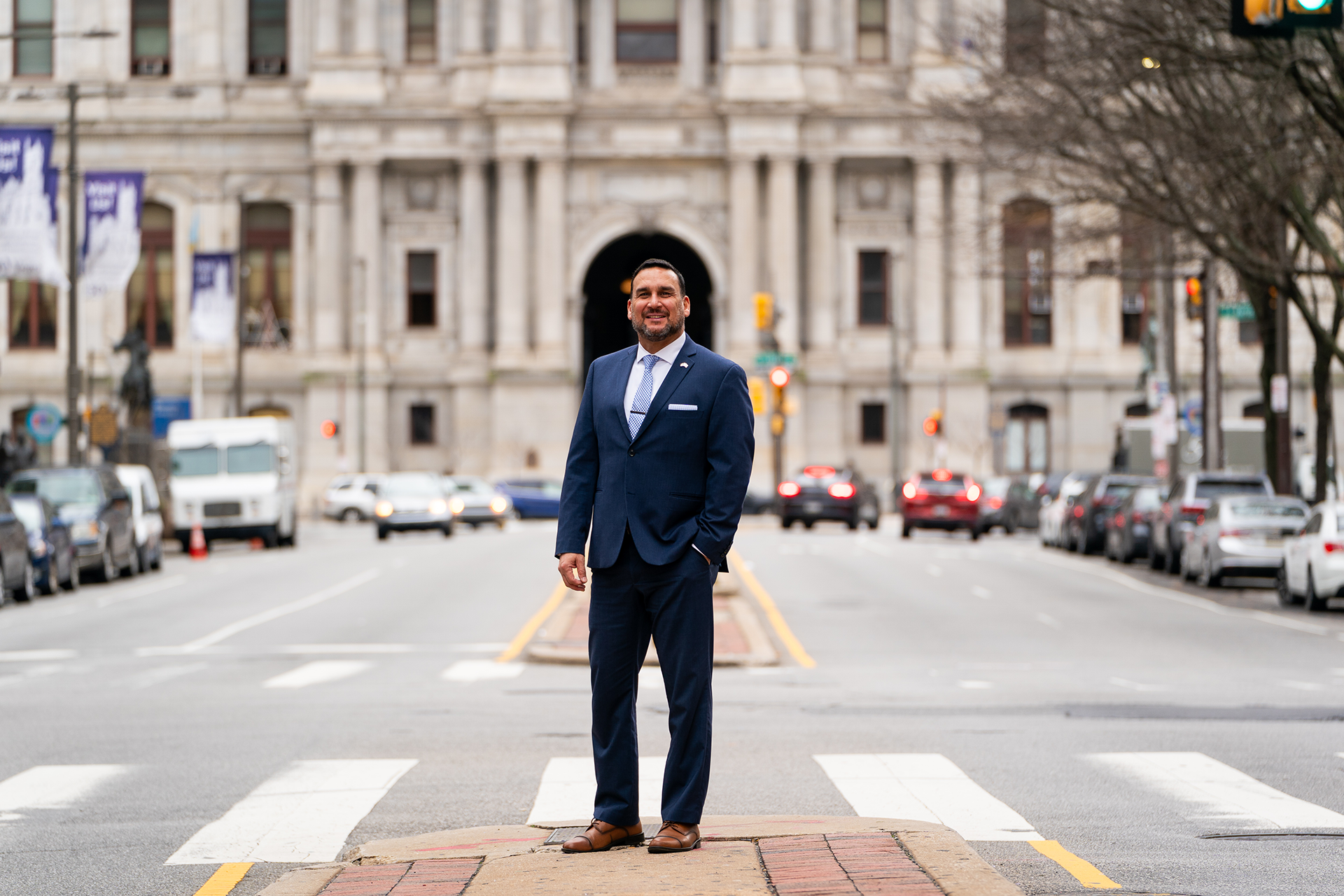
Environmental effects
While the City has plans to shield homes from excess light and will ultimately be able to control the brightness of the LEDs through its centralized system, some Philadelphia residents may be more disturbed by the transition than others — namely, those that aren’t human.
Kenneth D. Frank, a retired physician who has been studying and writing about urban ecology and the impact of artificial lighting on insects’ circadian rhythms since the 1960s, says warmer lighting is a better option because it contains less of the blue light waves that affect insects’ cycles. (Blue light is also troubling for humans; its presence in electronic screens disrupts our own circadian rhythms and can cause vision problems.)
The City’s preference for white lights is likely to lead insects like moths to gravitate toward the new LEDs and lose track of day and night. Considering some live for only a week, such a disruption could inhibit insects’ ability to pollinate plants, while also changing the habits of the birds and bats that prey on them. Seemingly small changes can have ecosystem-wide implications.
“The ecology is struggling to adapt to the reality of 24-hour daytime,” says Bill McGeeney, secretary of DarkSky PA, the Pennsylvania chapter of DarkSky International.
McGeeney says he’s no Luddite; in fact, he’s in favor of the streetlight conversion and sees it as a path toward improving the city’s issues with light pollution. He suggests the City adopt a model that dims lights later in the evening—an approach few residents would notice but one that would go a long way toward protecting wildlife, including birds that so often crash into buildings and other objects because of excessive lighting.
“You can be smarter with your integrative system and your LEDs than you could ever be before,” McGeeney says. “Why don’t we take an approach that takes in the big picture and improves lives for everyone?”
As the experience in Chestnut Hill underscores, the issues presented by white light are only made worse when that light isn’t sufficiently focused. McGeeney notes that Andorra Meadow in Wissahickon Valley Park is one of the few places left in the city to see a spectacular firefly display in the summer, because it’s situated in a nook protected from streetlights by a thick forest.
“It just goes to show you, our actions do affect the ecology, and stray light trespass is part of that,” McGeeney says. “We have to balance what we need with the ecology.”
A brighter future
It’s worth emphasizing that the pushback in some corners of the city isn’t against the LEDs themselves, it’s about the brightness of the lights and their color temperature.
“We should not vilify LEDs,” urban ecologist Frank says. “What we need to do is decide what color light we want.”
McGeeney agrees that the priority should be making the most of the possibilities that LEDs afford. “We need to have streetlights,” he says. “We should use the minimum amount necessary so our impact isn’t as great on the environment.”
As LEDs spread throughout the city, community members in Chestnut Hill hope their experience serves as a lesson for the project’s rollout. Although many are still struggling to adapt to the bright new lights hovering overhead, Montanez indicates that the City is working toward a fix.
“We’re getting ready to come back and fix some of these issues,” Montanez says. “You’re going to see the lights dim.”

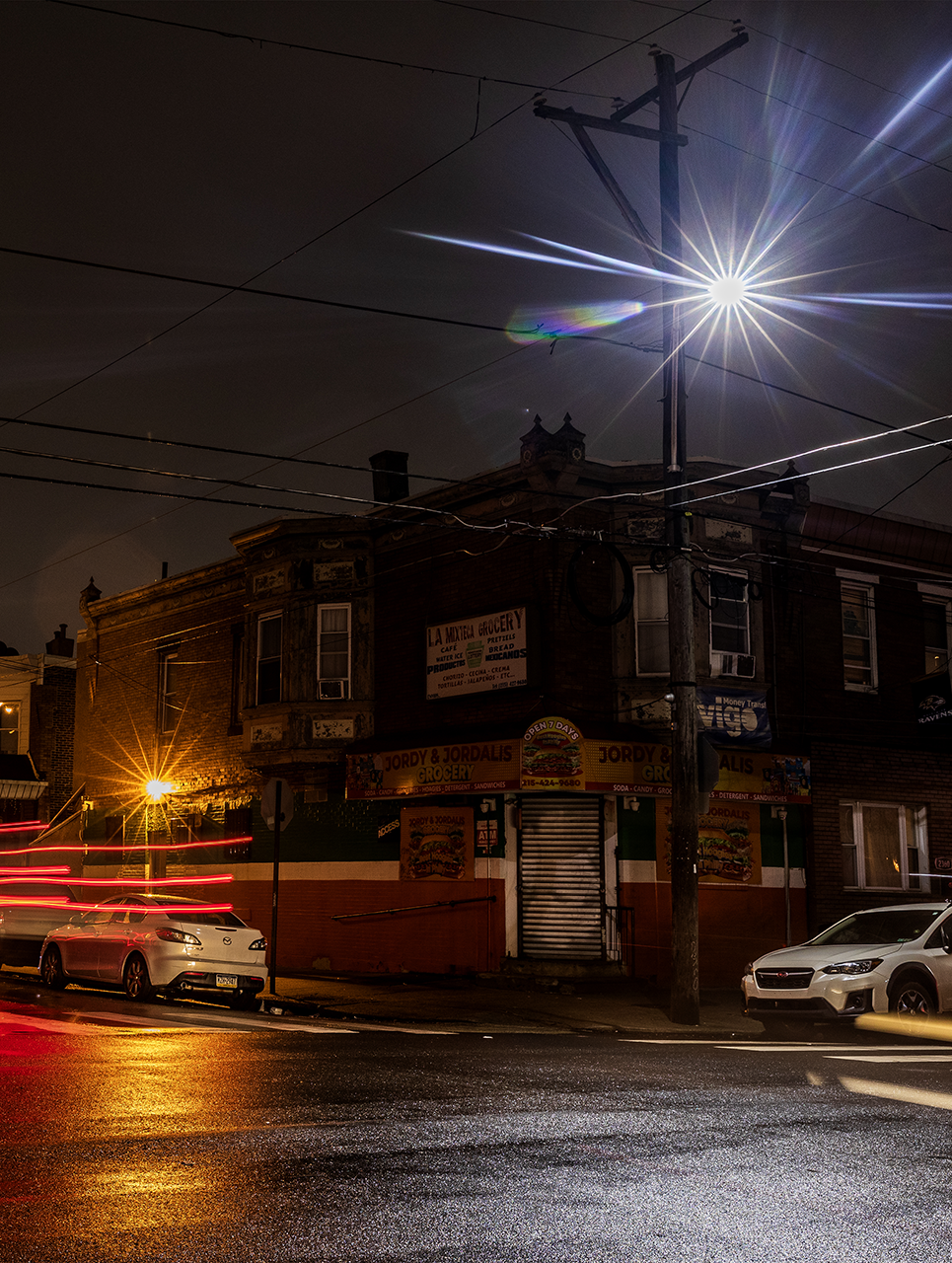
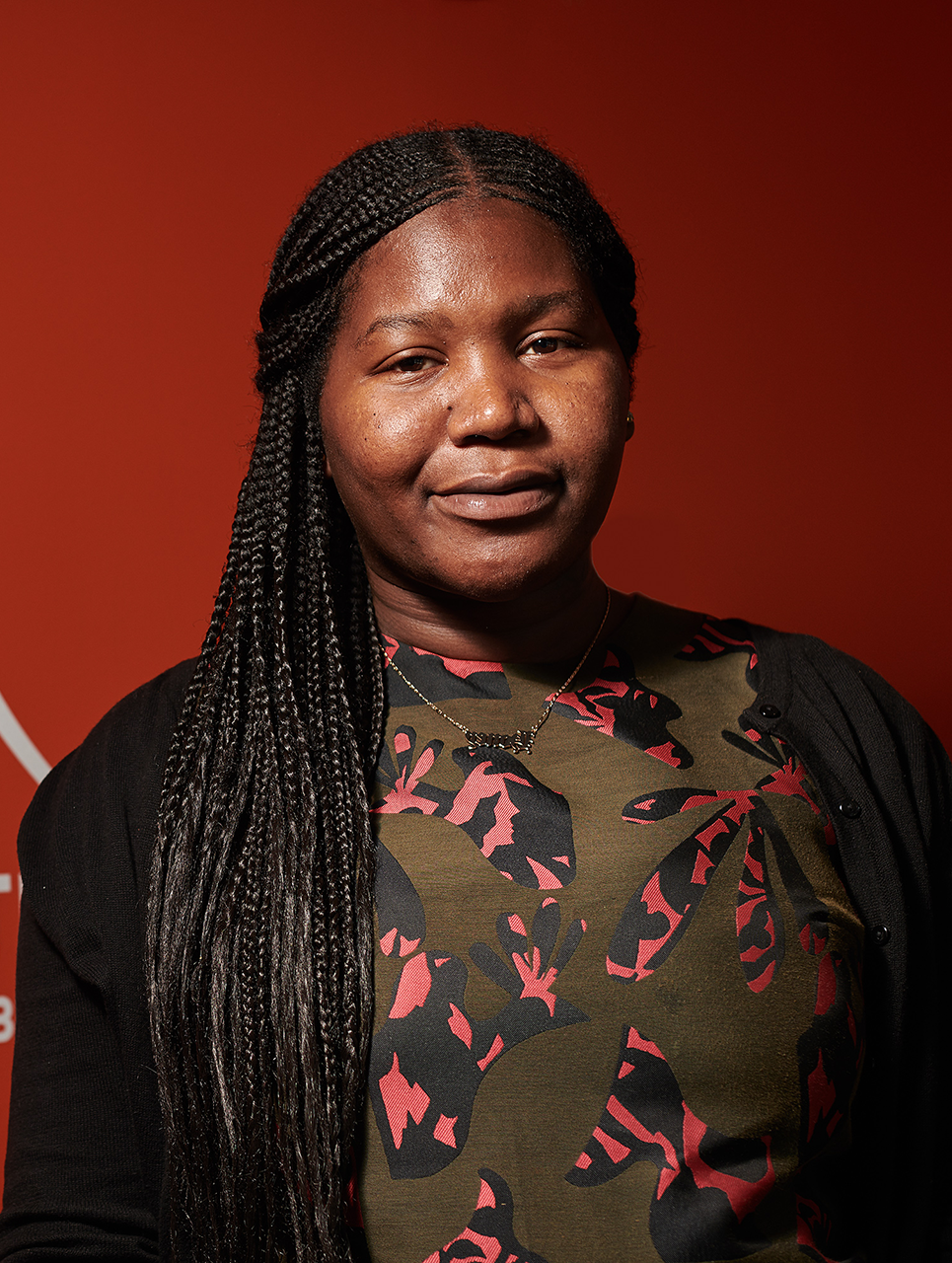

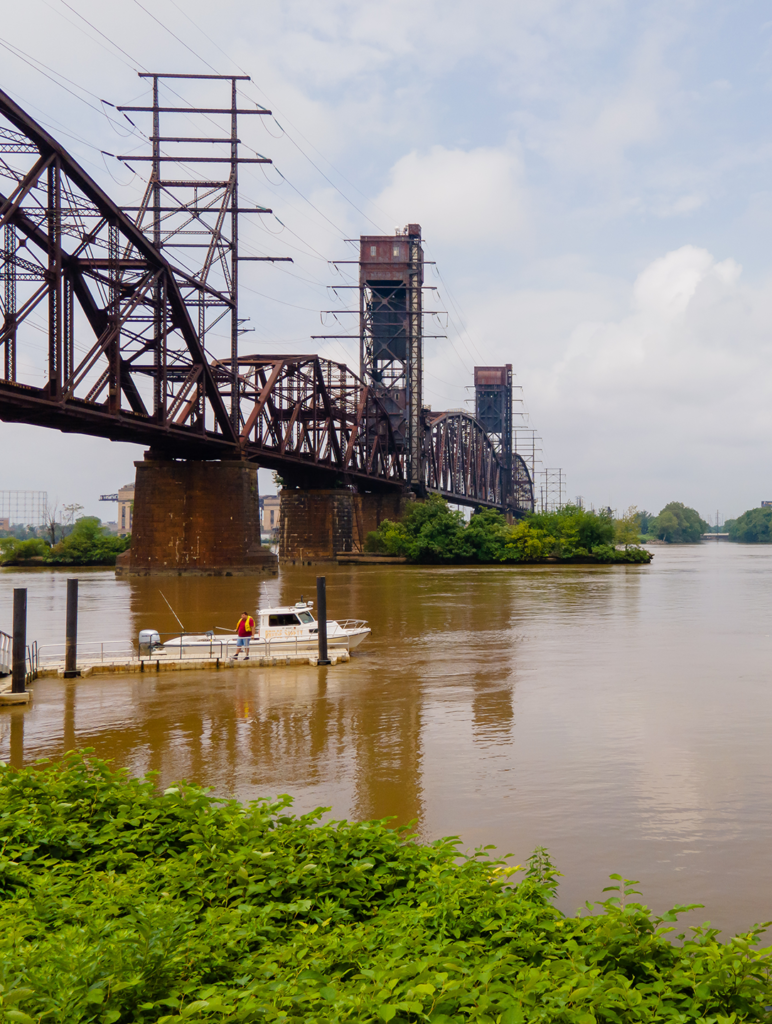



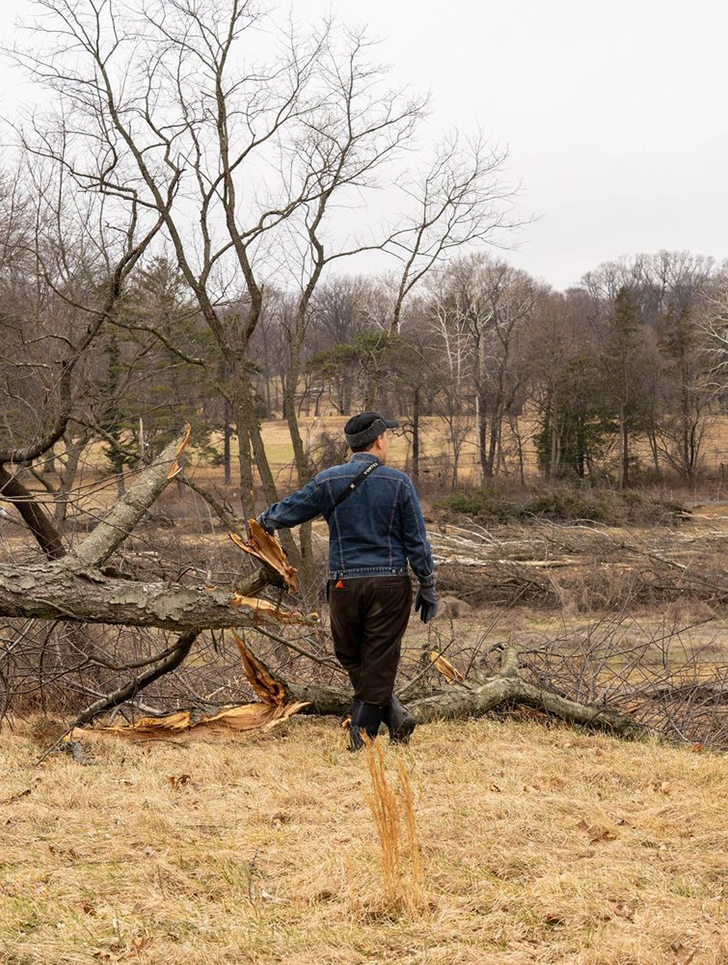
These new lights are excessively bright!! I don’t want to feel like I’m in the middle of the afternoon at night. I like the darkness and we aren’t in a high gun violence area. So if they’re going to implement a central switch to turn down the brightness let’s start at the corner of Knorr and Oakland Sts. I want the light dimmed sooner rather than later!!!! What an assault on our senses! And the poor animals are so confused by these offensive lights.